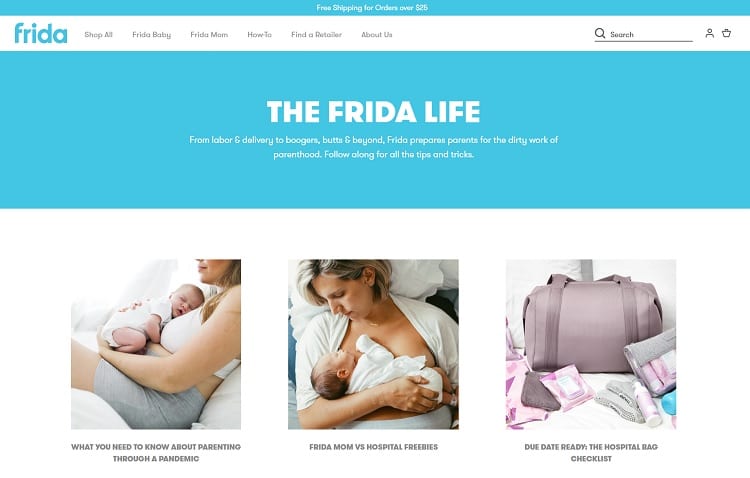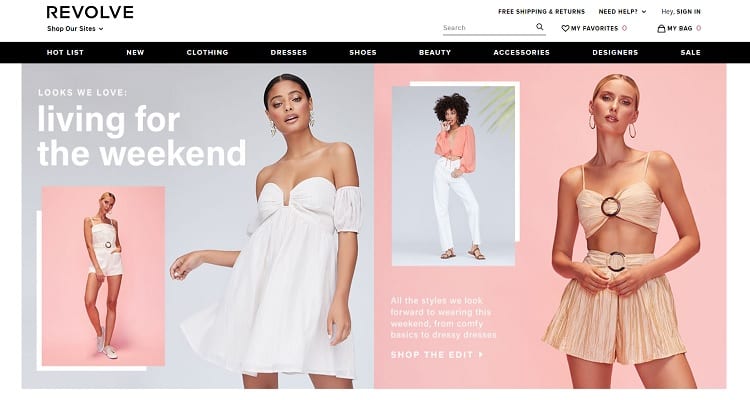How to Create and Follow a Business Style Guide
A style guide gives you a set of standards to ensure you present a consistent image to the public. As your business grows, you work with various designers and marketing experts. You want to ensure everyone is on the same page, and a business style guide is the best place to start.
The Chartered Institute of Marketing reports about 60% of marketers think their brand image aligns with their company’s long-term objectives. However, there is still a lot of room for improvement for most companies, especially when presenting a consistent and reliable presence online.
It’s easy to get sucked into the format and vibe of different social media sites and lose focus on who you are as a brand. The challenge is figuring out how to stick to a tone while remaining fresh and current. Here are seven ways you can create and follow a business style guide while still trying new marketing methods:
1. Specify Logo Usage
Make sure your logo reflects who you are as a brand. Some of the most popular logos in the world accomplish this, such as the Walt Disney symbol, which uses a script that evokes childhood magic and fun. It includes an outline of Cinderella’s castle in the background for a touch of whimsy.
Your style guide must outline the different ways your logo might be used and specify placement and sizing. For online use, have versions for both light and dark backgrounds and test them thoroughly to make sure they appear the way you want.
Ashley & Co. uses a simple word logo in the upper left corner of their website. The type speaks of elegance and style. The letters are tall and thin. The same logo is used on Facebook and other social media pages, creating brand consistency across their online presence.
2. Know Your Color Palette
Figure out what your brand’s color palette is and stick to it. Choose colors based on what emotions they evoke in the user. If your brand has always used mustard yellow, you can keep the shade as an accent color, but perhaps a deep blue would complement it and add reliability to your brand image.
Once you create your color palette, you should also define which colors go where. For example, yellow might only be an accent color, blue could serve as your site background and red can be used for buttons. Be as specific as possible.
3. Create a Type Hierarchy
Typeface defines your brand, showing off your personality and showcasing what page elements are most important. Plan a hierarchy that you’ll repeatedly use in your promotions and communications. For example, you might use one font for your headlines and a secondary font for subheadings. Your body text should scale easily to different screen sizes and be readable even on small screens.
Meco’s typography style is clear and eye-catching. As you scroll down the page, note the headlines are larger and bolder than the subheadings. The body text is smaller than the subtitles. The company sticks with simple sans-serif choices, such as Arial.
4. Choose a Writing Style
Set guidelines for all your content and stick to them. For example, you might choose to keep the first letter of major words in your titles capitalized for all posts, whether on your blog or social media. Although the effect is subtle, using the same format for every headline and specific word creates an underlying feeling of brand consistency. Users might not know why you seem trustworthy, but you’ll know part of the reason is that you follow a standard style everywhere your work appears.
5. Find Your Voice
Every brand has a unique personality. Your voice as a brand reflects your philosophies and the company’s mission and culture. Think about the impression you want to make. Do you want to be seen as a fun, hip company? Do your customers need to sense strength and integrity? Perhaps you offer funeral services, so you need a comforting and calm presence. Find your voice and define it within your style guide.
Frida sells unique and useful baby products, but their brand is known for being candid and upfront about issues parents face with their infants and small children. The blog uses common terms like “boogers” and “butts” to set the tone. You’ll find articles about topics on how to parent through a pandemic and what’s normal after birth. Their homepage focuses on similar language and helps you shop for specific items related to issues such as the postpartum period.
6. Translate Industry Jargon
Just because you know what an acronym stands for doesn’t mean your target audience will. Look at the language you use in your communications and see if anything needs translating into common English. What words might trip up someone who knows little about what you do? Look for simpler ways of defining complex ideas. Outline which words to avoid and what to use instead within your style guide.
7. Set Photo Guidelines
You can make a big impact on customers with the photographs you use. You should have a size and shape standard to start with. You may also want to define elements such as whether people are allowed in your photos or if a color overlay should be used. Be as specific as possible about your images to ensure consistent quality and define your brand. Photo guidelines are particularly important for e-commerce stores offering pages of product descriptions.
Revolve uses high-end fashion images to showcase its styles. Even the models have a similar body type. The pictures do change from one season to the next but maintain a predictable studio quality.
A Guide Isn’t Law
The most memorable brands stay true to who they are while embracing technological and societal change. One example would be Louis Vuitton. Their logo and the way they present their brand image remain the same. However, the styles change from season to season. They have also embraced technology and now have an online presence they didn’t possess 50 years ago.
Create your style guide, but be open to embracing new platforms for promotion as they emerge. Pay attention to what consumers want, poll your customers, and create opportunities to solidify who you are as a company while remaining current.
This article has been published in accordance with Socialnomics’ disclosure policy.














